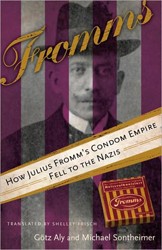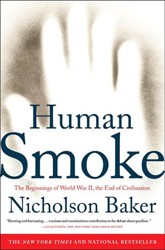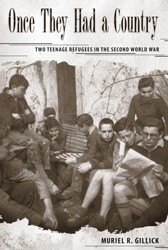Süssen Is Now Free of Jews offers a focused look at the lives of a few Jewish families who lived in Süssen, a small village in the center of southern Germany. The history of Jews in Süssen began in 1902 and ended with the deportation of sixteen Jews on November 28, 1941, underscored by the ominous phrase on the bottom of the deportation list, “Süssen is now free of Jews.” Gilya Gerda Schmidt, recognizing that the overwhelming enormity of the Shoah should encourage us when possible to appreciate the experiences of individual victims, their lives, travails, and legacies, examines this chapter of Holocaust history in rural Germany through the lens of the Lang and Ottenheimer families. Sparked by the chance discovery in a used bookstore in Knoxville, Tennessee, of a book about the surviving Jews in the Würtemberg region, the author, a professor of Religious Studies, began a decade of research into local and regional archives to document what happened to the Jews of Süssen. The result is a compelling story of their rich lives before 1933, their fate under the Nazis, and their experiences after the Shoah. Schmidt’s ability to combine archival sources, memoirs, interviews, and personal recollections since she lived briefly in the region as a child, is impressive and moving.
This important book sheds light not only on the question of what happened to these two families during the Holocaust but also on what Jewish life was like in rural Germany; on the nature of relations between Jews and Christians before 1933; and for the survivors, what the experience of becoming a refugee entailed. Schmidt provides insight into the process of “social death” that they endured — the sudden rupture in their lives, the desperate measures they had to take to escape and the humiliation they encountered trying to start a new life. She is able to put a human face on the process of nazification, dispossession, emigration, deportation, murder, and, for the survivors, the long and painful road of rebuilding.
This unique book will be of interest to an informed readership and is an important contribution to Holocaust Studies and to German Jewish history.





